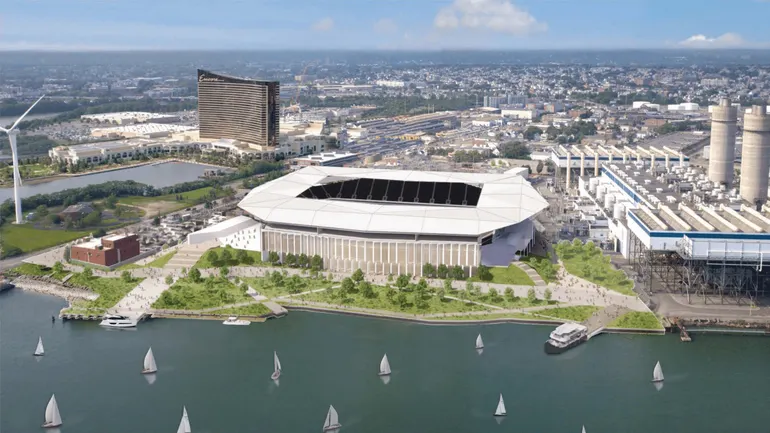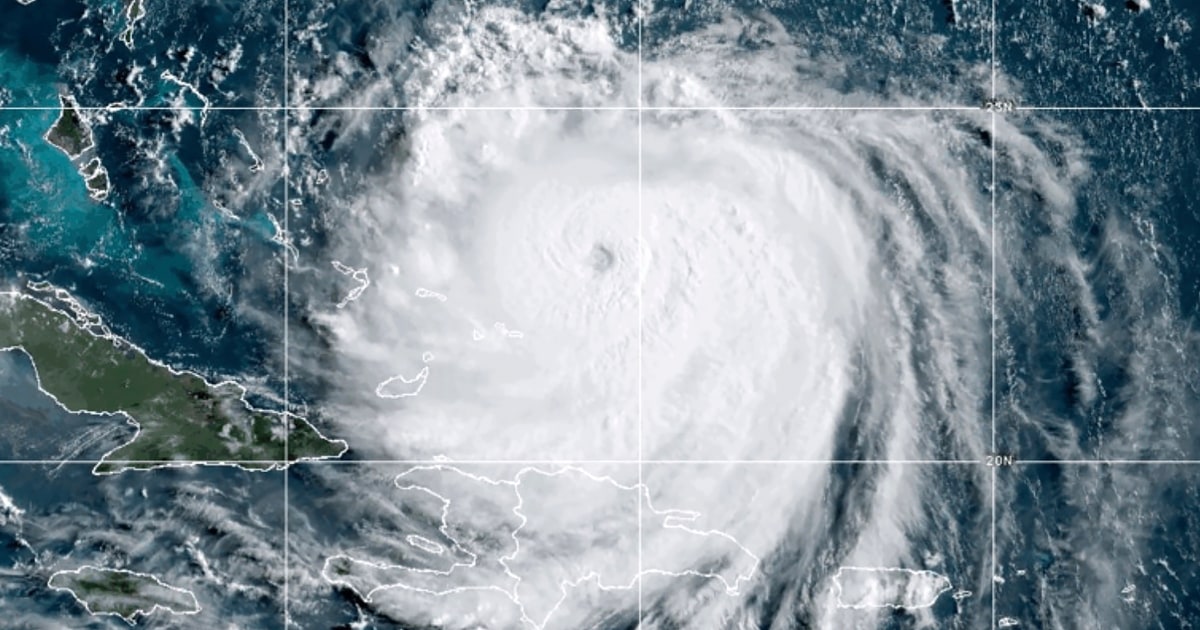Long balmy days, sparkling turquoise waters — these are the classic ingredients of a tropical break. But risk going during the hurricane season and you could end up looking at a very different picture. It doesn’t necessarily mean trips have to be off the agenda though. In fact, for some, off-season prices and the lack of crowds make hurricane season a particularly attractive time to travel. Here’s how best to prepare.
Hurricane, cyclone and typhoon — what’s the difference?
Collectively known as tropical cyclones, hurricanes, cyclones and typhoons are all essentially the same thing: powerful, rotating storms that form over tropical or subtropical waters. The main difference is where they’re found. The term hurricane is used for storms in the North Atlantic and eastern Pacific, affecting mainly southern US states, the east and west coast of Mexico and most Caribbean islands. Typhoons refer to storms in the northwestern Pacific, which typically affect Southeast Asian countries like Vietnam and the Philippines, as well as their East Asian neighbours China and Japan. Meanwhile, storms in the South Pacific and Indian Ocean are known as cyclones: these affect South Asian countries like India and Bangladesh, East African nations like Mauritius, and parts of Australia.
How do tropical cyclones form?
Tropical cyclones can only form when certain conditions are met. A key condition is that ocean surface temperatures must reach at least 26C; this encourages the water to evaporate quickly to form rain clouds. As the water vapour rises, it warms the air around it, which also rises and leaves a void. This void is filled by cooler air that warms up and rises as well, creating a cycle that builds the storm system.
Another key condition is that the location of the storm must be at least five degrees latitude of the Equator. The Coriolis force here, created by the Earth spinning on its axis, affects wind direction. Wind hitting the sto
















